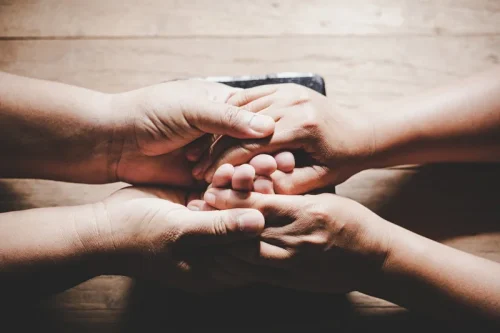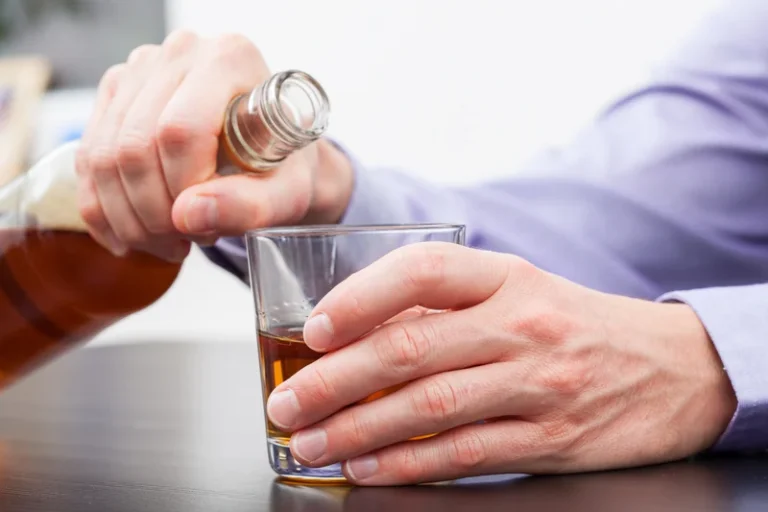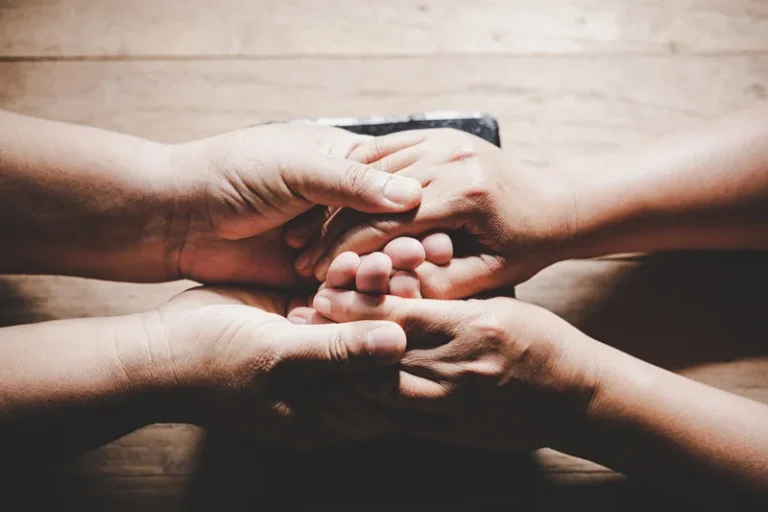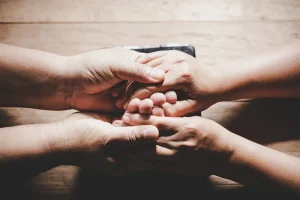
Potential solutions might include looking for low-cost treatment options, joining a support group, and talking to a mental health professional. It can take some time for a person’s brain chemistry to readjust after giving up alcohol. Many people also experience strong emotions they may have repressed while they were drinking, and experience stress when re-adjusting to daily life and building new routines that are alcohol-free. But until it does, you’ll likely experience especially strong cravings.
Session 2: Coping With Cravings and Urges to Drink

The treatment plan promoted by AA is based on a 12-step programme designed to help you overcome your addiction. The steps include admitting you’re powerless over alcohol and your life has become unmanageable, admitting you’ve acted wrongly and, where possible, making amends with people you’ve harmed. During detox, make sure you drink plenty of fluids (about 3 litres a day). However, avoid drinking large amounts of caffeinated drinks, including tea and coffee, because they can make your sleep problems worse and cause feelings of anxiety.
Types of Treatment
It also goes over how to manage cravings, both in the short term and the long term. Josh Lee is a clinician and researcher with a focus on medication-assisted treatment of alcohol and opioid use disorders. He has conducted multiple how to reduce alcohol cravings clinical trials examining the use of naltrexone in primary care and other community settings.
What to do if you “slip up” when trying to drink less alcohol

It binds to and blocks opioid receptors in the brain, which reduces the buzz and intoxicated feeling you https://ecosoberhouse.com/article/why-is-my-vision-blurry-after-drinking-alcohol/ get from drinking alcohol. These cravings can be frustrating if you’re trying to cut down on alcohol, drink less or stop drinking completely, but they are quite normal. Craving is recognized as a formidable barrier in the management of patients with alcohol dependence.

Emotional triggers
In cognitive behavioral therapy (CBT),11 you’ll start by identifying the triggers and behaviors that contribute to your addiction. Then, your therapist will teach you specific techniques to use when cravings arise. A drinking relapse doesn’t mean you’re a failure or that you’ll never be able to reach your goal.

Handling setbacks in your recovery
- Whether it’s a family gathering, a holiday party, or a stressful day at work, having a plan in place can help you stay on track.
- In treatment, your care team might suggest several different strategies.
- Naltrexone is a medication that belongs to a group of drugs known as opioid antagonists.
- Your health care provider or mental health provider will ask additional questions based on your responses, symptoms and needs.
- While the first can be seen as a normal desire, the latter represents a craving which entails a mental preoccupation with alcohol that typically leads to problematic drinking.
- The National Institute on Alcohol Abuse and Alcoholism (NIAAA) defines alcohol cravings as “a strong desire or sense of compulsion” to drink.
Incorporating beneficial foods into your diet can support brain and body health, and potentially lessen the intensity of alcohol cravings. Dark chocolate is rich in antioxidants and can satisfy sweet cravings, which often arise when a person stops drinking alcohol. Moreover, it’s believed that chocolate’s magnesium content may also help reduce alcohol cravings.



